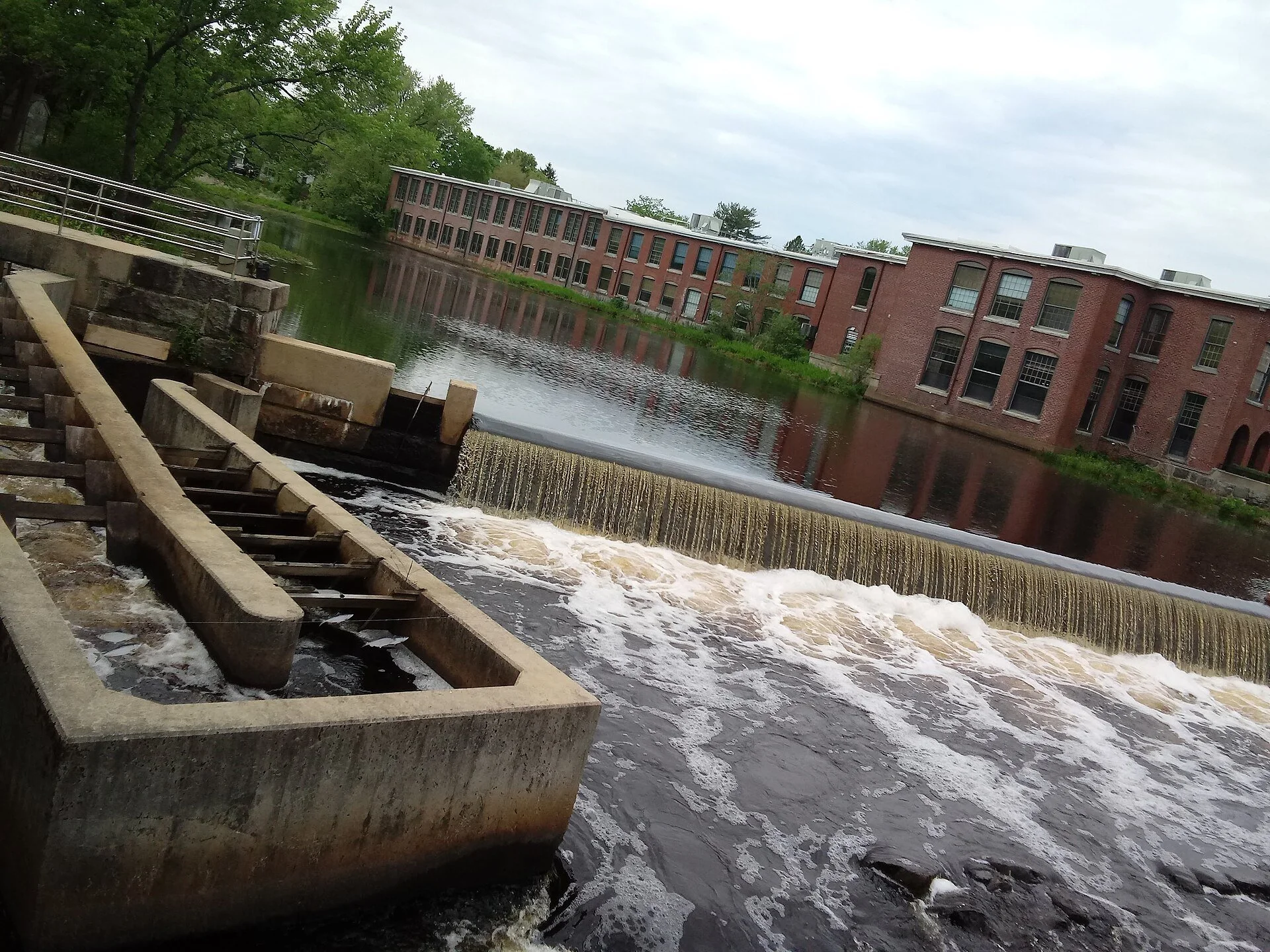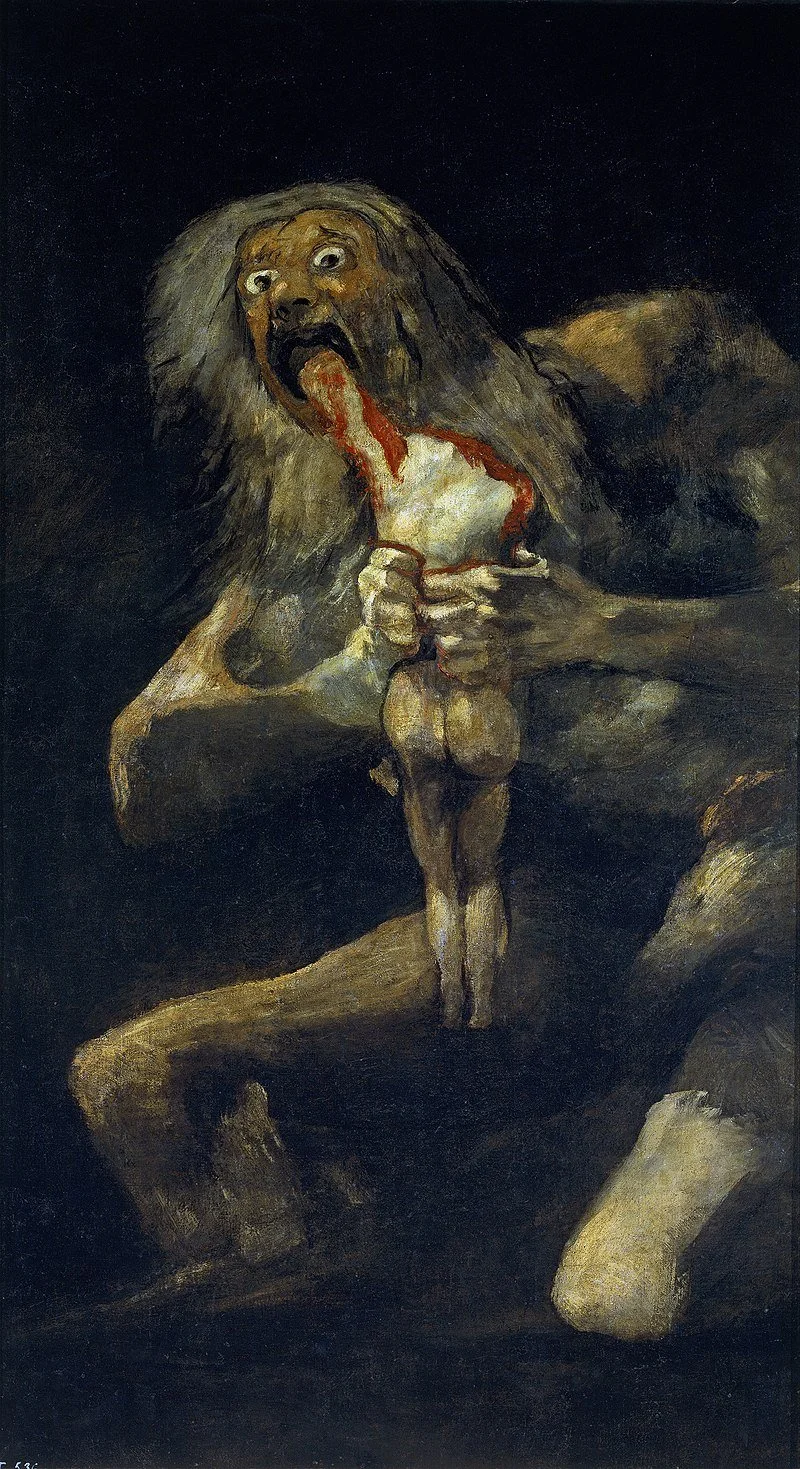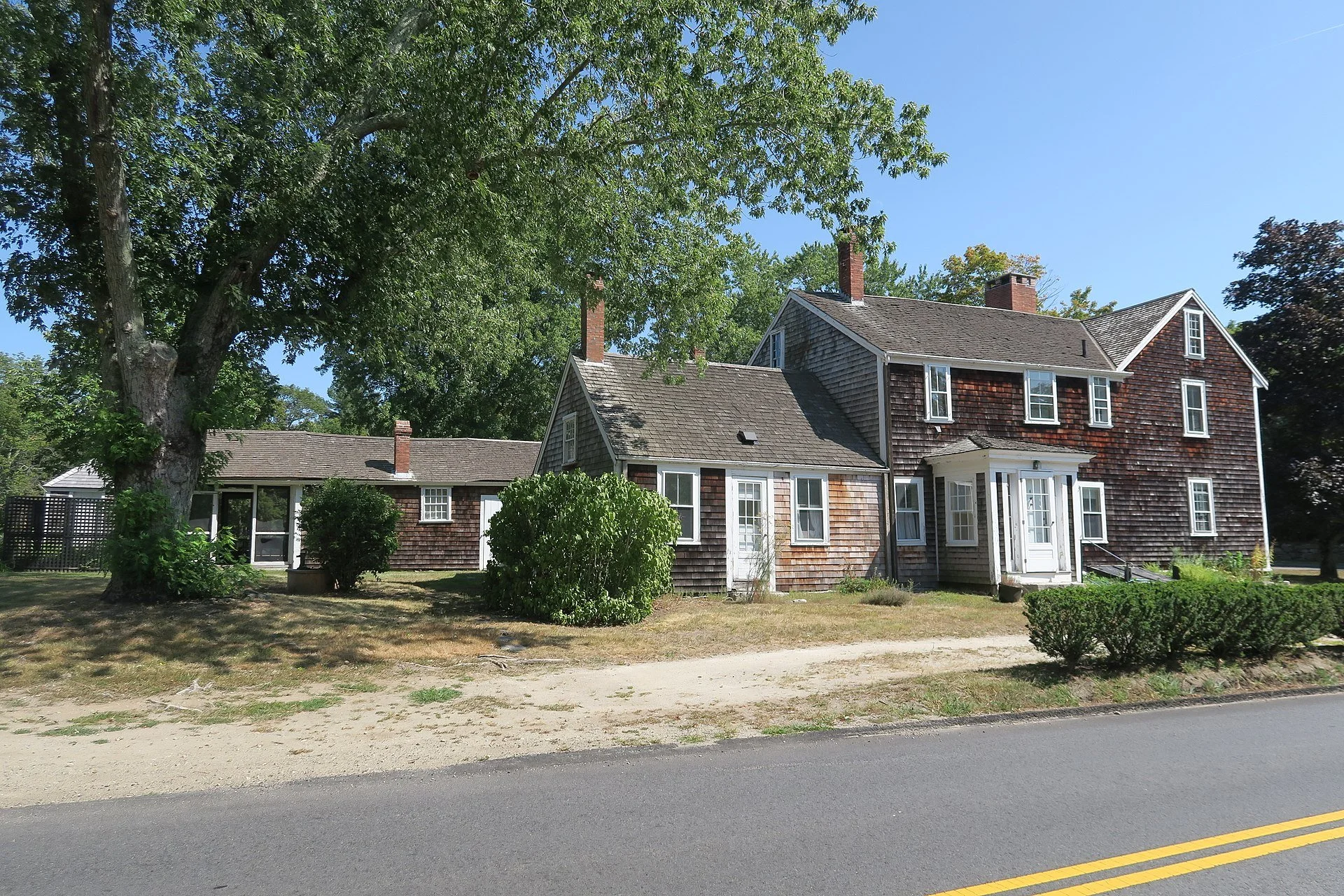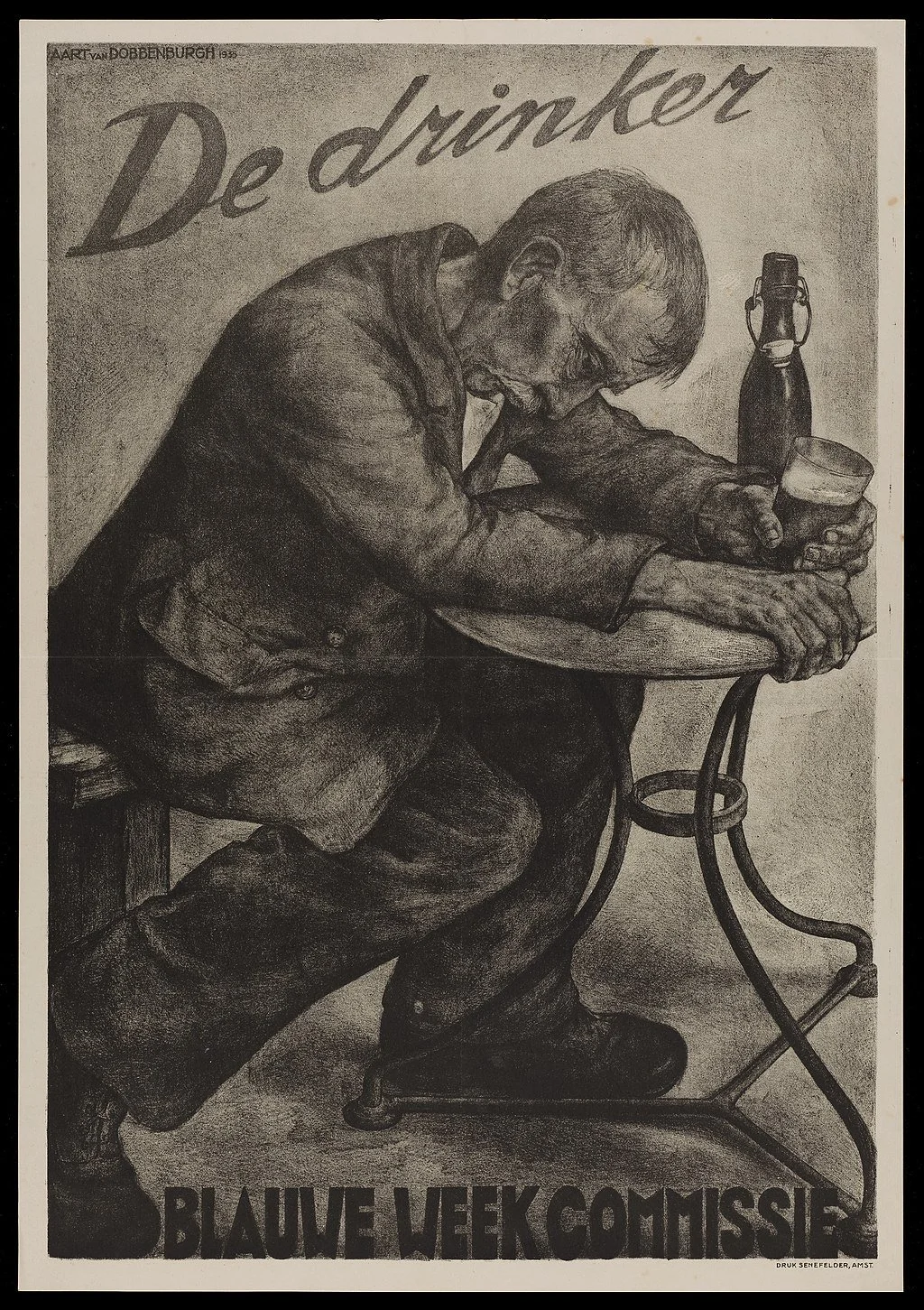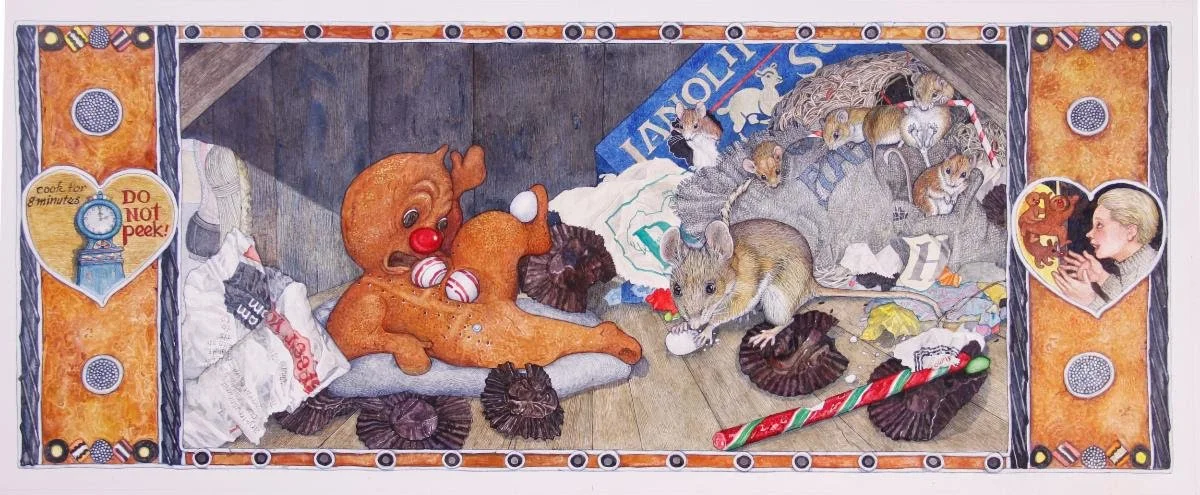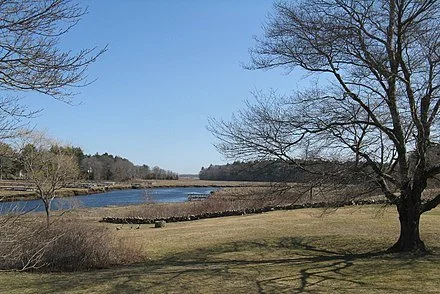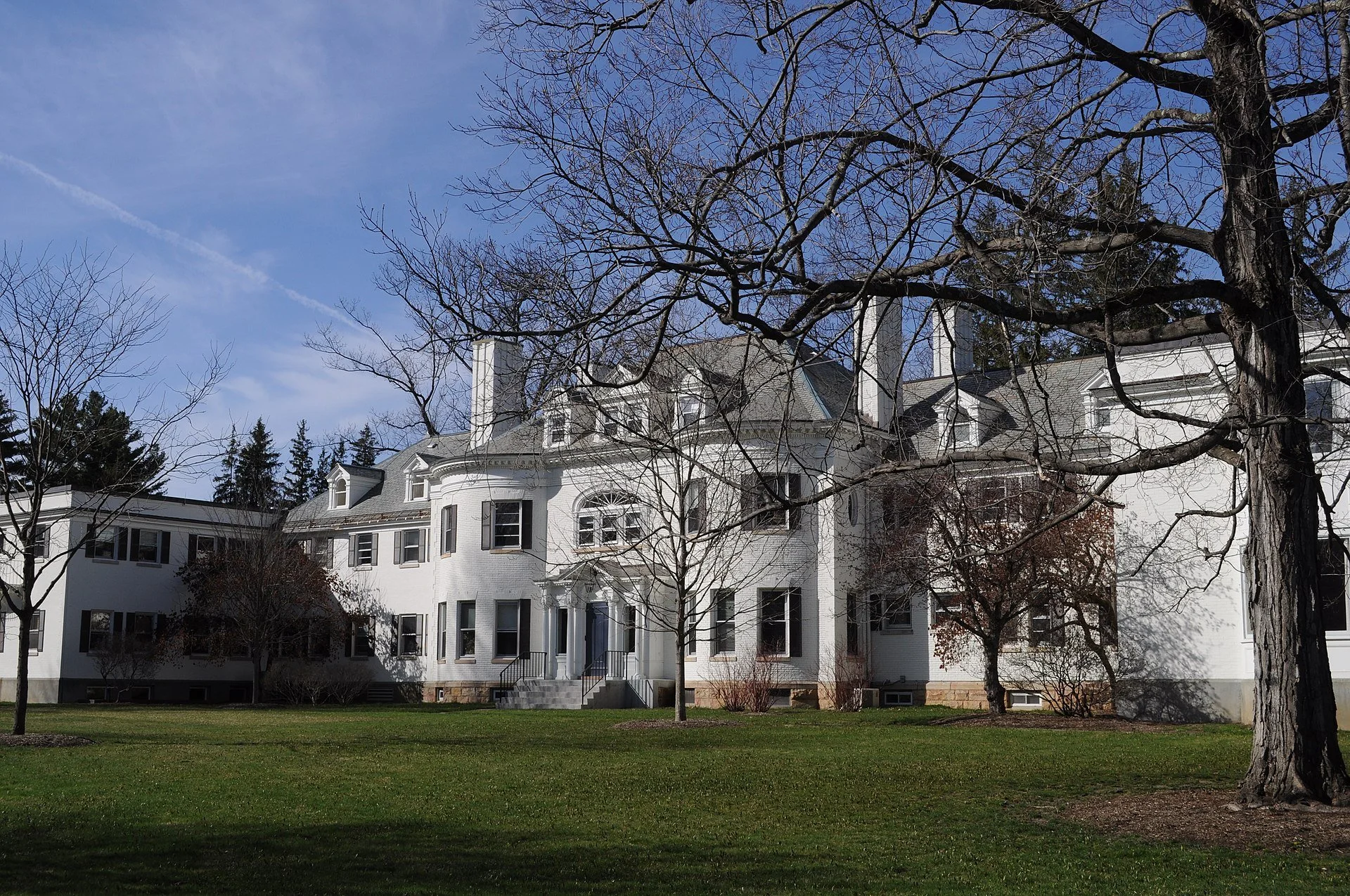
Liberate the fish? Keeping the pond less than ‘great’
Fish ladder, dam and waterfall at the Ipswich (Mass.) Mills Historic District, with mill pond, dating to the 17th Century, behind it.
— Photo by Mmangan333
Adapted from Robert Whitcomb’s “Digital Diary,’’ in GoLocal24.com
Here’s a quintessentially New England story about a heated debate in the Massachusetts North Shore town of Ipswich over whether to take down the Ipswich Mills Dam and fish ladder. The current dam was built in 1908, but there’s been a dam there since the 17th Century. It’s a reminder of the town’s industrial past. The idea, which seems to be supported by the majority of town residents, is to let the Ipswich River flow freely again, with associated environmental benefits, including better fishing and flood control.
But many love the pond that the dam created -- just to look at it and its waterfall, as well as for the skating and, I suppose, swimming, that it provided.
Lots of dams were built (and rebuilt) from colonial days to the early 20th Century to create waterfalls to power mills in New England towns large and small – at first to mill corn and for sawmills -- and many of us like those historic reminders, though few of the remaining mills serve any practical purpose anymore. But of course letting the rivers flow freely (when beavers allowed it), as they did when Native Americans lived along them, is much more “historic.’’
By the way, my parents lived for a few years on a mill pond in Norwell, Mass. The size of the pond could be adjusted by raising or lowering a board at the dam. The idea was to keep the pond at under 10 acres. If it got bigger than that, it would be classified under state law as a “great pond,’’ to which the public would have access.
The scariest animal, drunk or sober
“Saturn Devouring His Son,’’ from the Black Paintings series, by Francisco de Goya, 1746-1828
“I think a human animal is far more wild and unpredictable and dangerous and destructive than any other animal.’’
—Jeff Corwin (born 1967), biologist, wildlife conservationist and animal-show host. He was raised in Norwell, Mass., and now lives in neighboring Marshfield.
Jacobs Farmhouse, in Norwell, Mass., built in early 19th Century
“Humanity I love you because when you’re hard up you pawn your intelligence to buy a drink.’’
— e.e. cummings (1894-1962), American poet, painter, essayist, author and playwright. He was born in Cambridge, Mass., and died in North Conway, Mass.
Call pest control?And treating Norman Rockwell
“Scritchy Scratchy,” by Jan Brett (watercolor on paper, illustration for Gingerbread Friends), in the show “Jan Brett: Stories Near and Far,’’ at the Norman Rockwell Museum, Stockbridge, Mass., through March 6.
Ms. Brett is the author/illustrator of such books for kids as The Mitten, Cozy and Gingerbread Baby. She has homes in the Berkshires and in Norwell, Mass., where she grew up.
The North River, with beautiful marshes, forms the southeast boundary of Norwell.
The famous Austen Riggs Center, a psychiatric institution in Stockbridge, the Berkshires town that the famed painter and illustrator Norman Rockwell (1894-1978) moved to at least in part because of Riggs, where he and his second wife, Mary Barstow, were both treated for mental illness. His wife, the more seriously ill of the two, suffered from depression and alcoholism and Rockwell from depression and anxiety.
The very expensive Riggs had the reputation of drawing well-known patients and celebrated psychiatrists.
Rockwell once said: "I paint life as I would like it to be.’’
